View the absolute value of a number as its distance from zero. When you take the absolute value of a number, you always end up with a positive number (or zero). Whether the input was positive or negative (or zero), the output is always positive (or zero). For instance, | 3 | = 3, and | _3 | = 3 also. This property that both the positive and the negative become positive makes solving absolute-value equations a little tricky. But once you learn the "trick", they're not so bad. Let's start with something simple: Solve | x | = 3 This is already solved: | 3 | = 3 and | _3 | = 3, so x must be 3 or _3. But how are you supposed to solve this if you don't already know the answer? You use the positive/negative property of the absolute value to split the equation into two cases, and you use the fact that the minus sign " _ " indicates "the opposite sign", not necessarily a negative number. For example, if you have x = _6, then " _x " indicates "the opposite of x", or, in this case, _(_6) = +6, a positive number. The minus sign in " _x " just indicates that you are changing the sign on x. It does not indicate a negative number. This distinction can be crucial. Whatever the value of x might be, taking the absolute value of x makes it positive. Since x might have been positive and might have been negative, you have to acknowledge this fact when you take the absolute-value bars off, and you do this by splitting the equation into two cases. If the value of x was positive to start with, then you can bring that value out of the absolute-value bars without changing its sign, giving you x = 3. But x might also have been negative, in which case you would have to change the sign on x for the absolute value to come out positive, so you also have _x = 3, which solves as x = _3. Then the solution is x = _3, 3.
Apple's iOS 26 and iPadOS 26 updates are packed with new features, and you can try them before almost everyone else. First, check Gadget Hacks' list of supported iPhone and iPad models, then follow the step-by-step guide to install the iOS/iPadOS 26 beta — no paid developer account required.





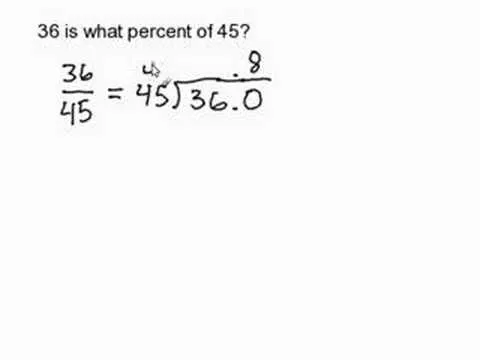
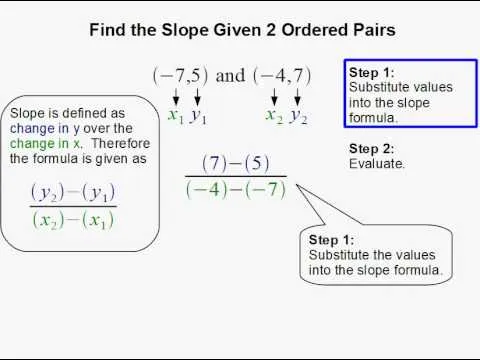











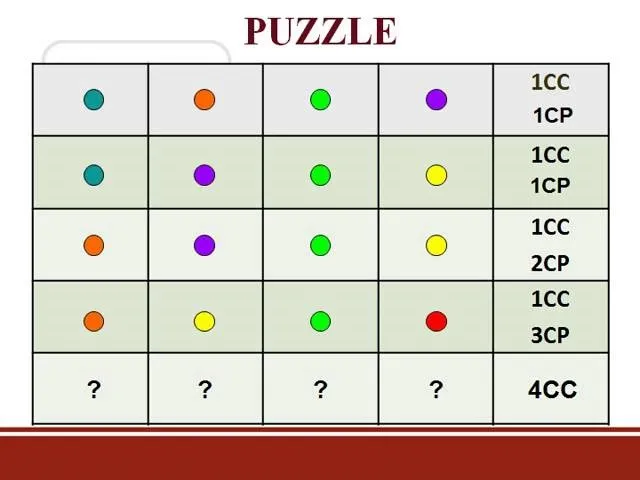
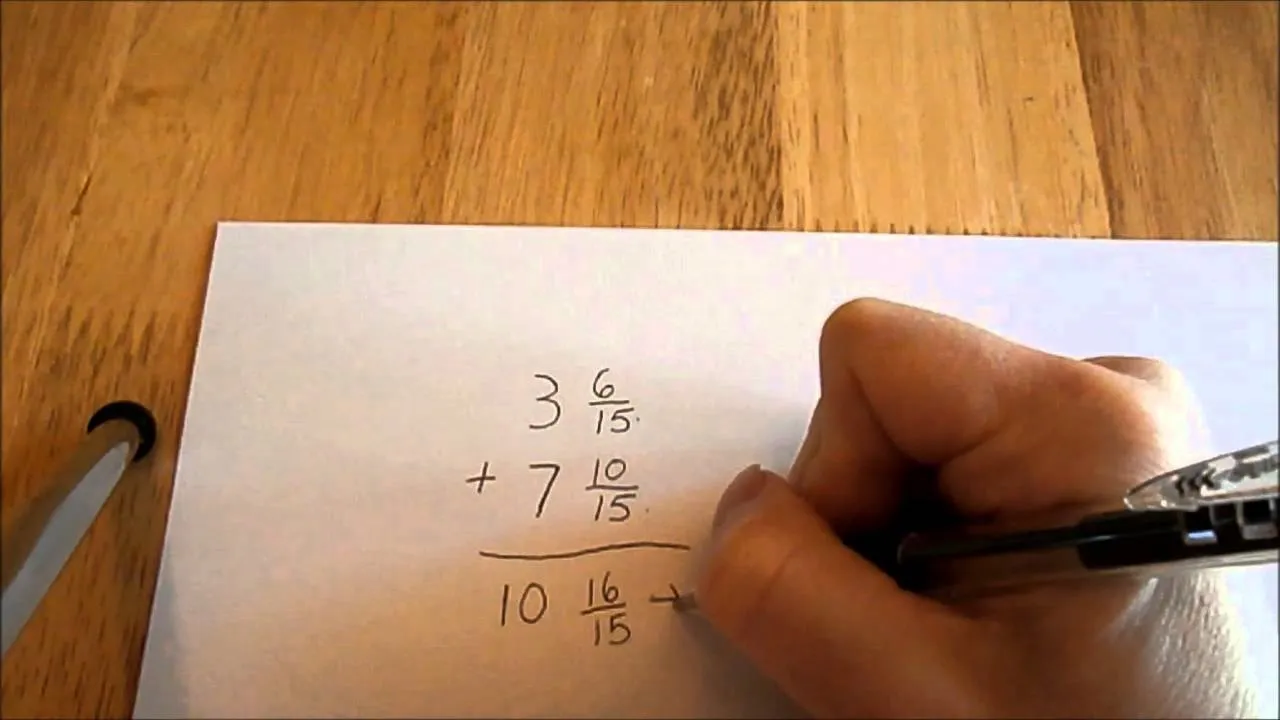

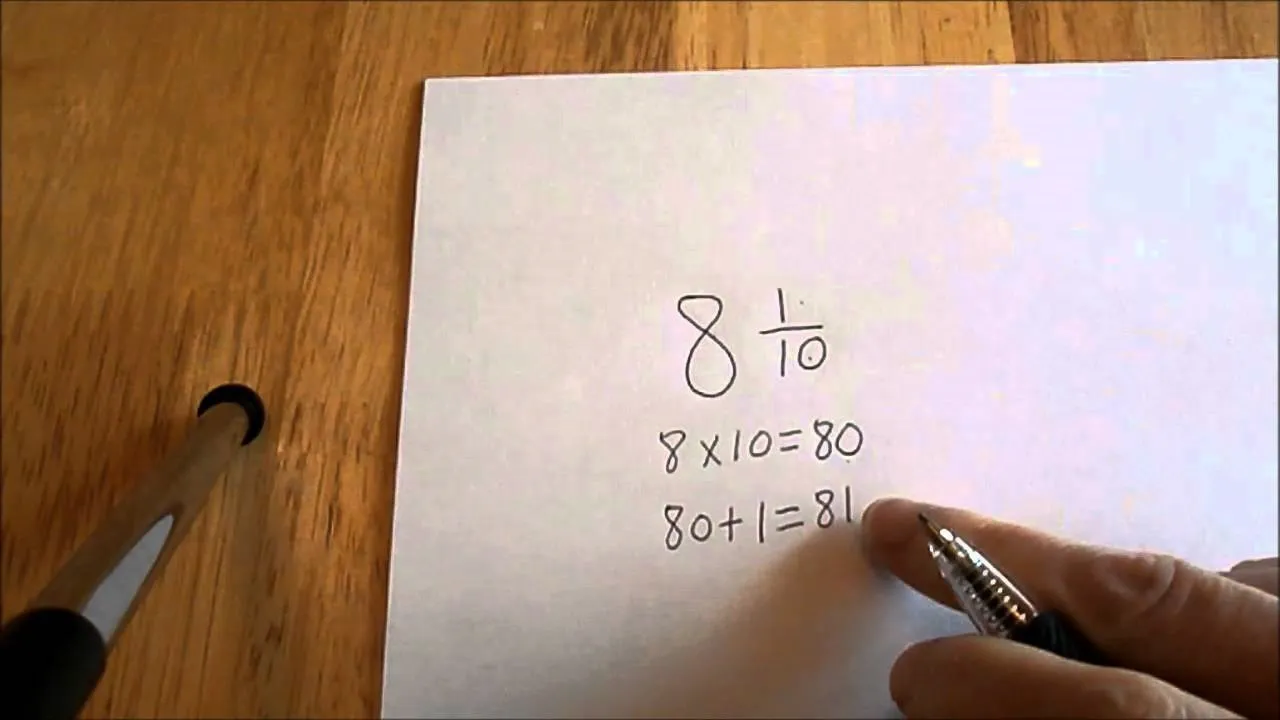


Comments
Be the first, drop a comment!